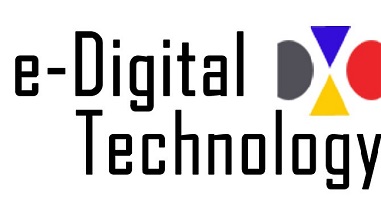Web servers and Application servers?
Requests for inert material (such as HTML pages, files, pictures, and videos) from a website are accepted by and handled by a web server. Web servers handle only HTTP requests and answers. Clients are exposed to business logic by an application server, which produces dynamic content. To deliver the functionality a company, service, or application provides, it is a software framework that converts data. Application servers improve websites’ interactive features, which might vary in appearance depending on the request’s context.
Web server:
- Transmit static content.
- Only the HTTP protocol is used to deliver content.
- It just provides web applications.
- There is no multi-threading support.
- Assists with less resource-intensive online traffic.
Applications servers:
- Dynamic material is delivered.
- Gives application applications employing various protocols access to business logic (including HTTP).
- Able to serve enterprise- and web-based applications.
- Use several threads to support simultaneous queries.
- Facilitates resource-intensive, longer-running procedures.
The distinction between web servers and application servers has blurred in practice, especially as web browsers have taken over as users’ preferred application clients and as user expectations for web applications and their performance have increased. End-users receive pages from the web server role (and web services, etc.). The app server role manages services that can be delegated from the web servers, including Excel Services.
Many web servers and some application servers are referred to or identify themselves as web application servers, which only serves to complicate matters further. The most widely used web servers and application servers nowadays combine both. Most of the increasingly complex applications you use today offer their content using a combination of web server and application server technologies, mixing static web content with dynamic application content. An open-source web server called Nginx has features like a reverse proxy, load balancing, mail proxy, and HTTP cache. Another well-liked free, open-source web server is Apache HTTP Server (often called “Apache”). Until recently, Nginx surpassed Apache in terms of the number of websites it powered (71 percent at its height). It renders and delivers web pages with Java Server Page code, serves Java Enterprise Edition applications, and runs Java Servlets. Apache Tomcat is an open-source application server. The Eclipse Foundation’s Glassfish is an open-source Java EE application server. In addition to supporting Java Servlets, Enterprise JavaBeans (EJB), and other Java application servers, Glassfish can also act as a web server, responding to HTTP requests with web content.
